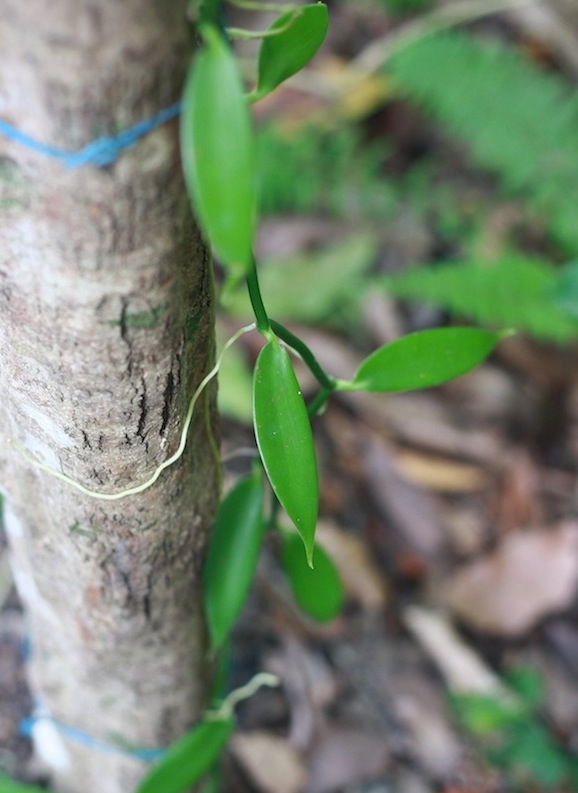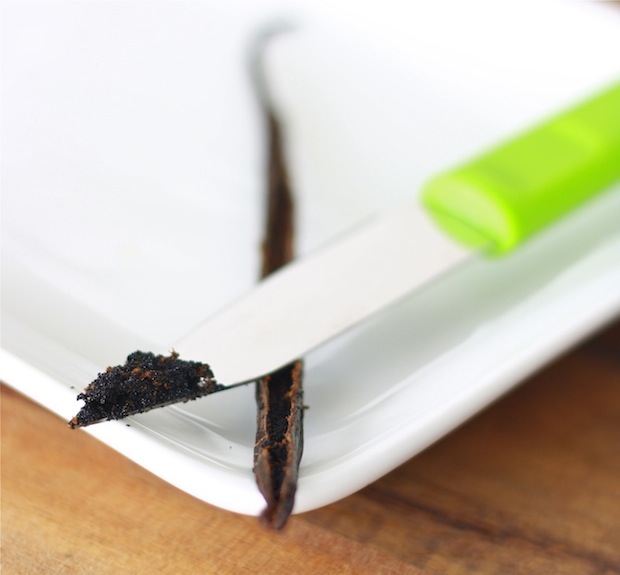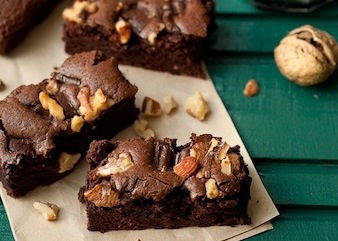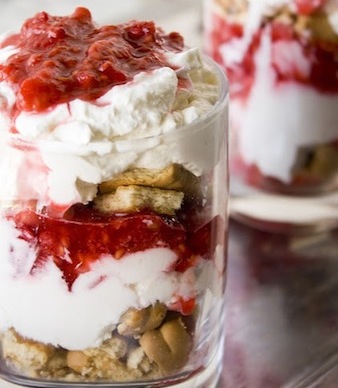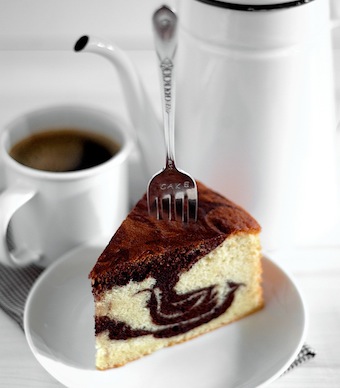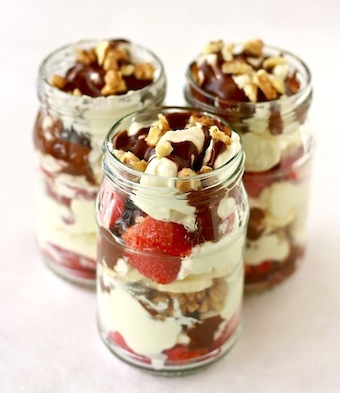Add used vanilla pods to sugar to make vanilla sugar
When did vanilla ice cream become ‘plain’ ice cream?
For the second most expensive spice in the world*, you would think it deserves more respect. But most vanilla ice cream – and many other vanilla products – merit the ‘plain’ label because there is no real vanilla in them.
Instead of the complex taste and smell from the over 250 organic compounds in a vanilla bean, what we recognize today as ‘plain’ vanilla is a synthetically produced vanilla flavoring based on just one of those compounds – vanillin.
Long before synthetic compounds, when vanilla was vanilla, the tropical vine grew only in its native home of Mexico. When the Spanish conquered the region in the 16th century and transported the vanilla vine back to Europe and throughout its tropical colonies, they watched the plant grow and flower, but not produce the prized spice.
300 years of mystery was solved in 1836 when a Belgian botanist in Mexico glanced up from his cup of coffee and observed black bees flying in and out of vanilla flowers. The local Melipona bees transferred the pollen within the flower, and over the next few days, the vanilla pods started to form. Five years of futile experiments with hand pollination sealed the legacy of the Belgian botanist as a keen observer, but not...a problem solver. That credit goes to a 12 year old slave in the French colony of Reunion Island, who finally figured out a successful method of hand pollination - a labor intensive method that is still used today.
300 years of mystery was solved in 1836 when a Belgian botanist in Mexico glanced up from his cup of coffee and observed black bees flying in and out of vanilla flowers. The local Melipona bees transferred the pollen within the flower, and over the next few days, the vanilla pods started to form. Five years of futile experiments with hand pollination sealed the legacy of the Belgian botanist as a keen observer, but not...a problem solver. That credit goes to a 12 year old slave in the French colony of Reunion Island, who finally figured out a successful method of hand pollination - a labor intensive method that is still used today.
The vanilla bean is now grown worldwide, but the complex flavor of each bean depends on the subspecies and where it is planted. The native Mexican Vanilla Bean has a subtle, smooth, and woody fragrance, but the same bean grown in Madagascar – called Bourbon Vanilla Bean – has a much richer, sweeter scent. Also from the original Mexican plant, but now a subspecies, the Tahitian Vanilla Bean has a distinct fruity and floral aroma. (Source: The Vanilla Queen at Vanilla.com)
No matter what type, cured vanilla beans are generally long, narrow, leathery pods filled with thousands of tiny black seeds. Both the seeds and the pod are packed with flavor and aroma, making them equally useful as a spice in whole form, grounded into a paste or powder, and most commonly as an extract.
Many different types of vanilla beans - in many different forms - to experience the real taste of vanilla.
Need another reason to only use the real spice? If consuming artificial vanilla produced from the byproducts of wood pulp or petrochemicals isn’t enough, how about this:
Need another reason to only use the real spice? If consuming artificial vanilla produced from the byproducts of wood pulp or petrochemicals isn’t enough, how about this:
In October 2007, Mayu Yamamoto of the International Medical Center of Japan won an Ig Nobel Prize for developing a way to extract vanillin from cow dung. Yes, cow dung.
* Saffron is the most expensive spice
For a taste of vanilla, give these excellent recipes a try:
|
|
|
|
|
|

